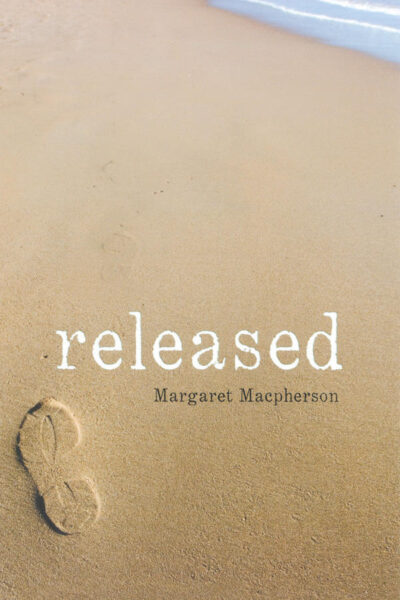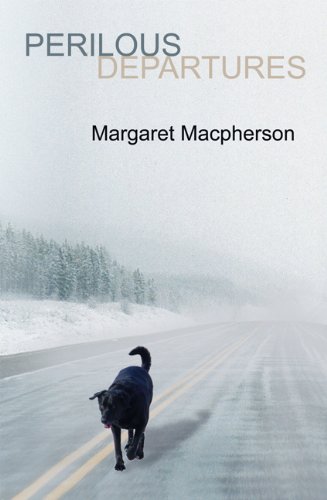“Body Trade begins with two exquisitely drawn characters. Tanya Price is the quintessential bad girl who runs away, on many levels, from Hope (BC). At 22 years old, her outlook is informed by “temporary relationships” as daughter, girlfriend and friend—she understands completely how the female body is commodified. Rosie Gladue is her opposite, a naive 17-year-old virgin grounded spiritually by the teachings of northern Canada’s Dogrib people.
Tanya and Rosie meet in 1972 at a Yellowknife residential school, where Tanya is the daytime secretary and Rosie is a cleaner. Rosie’s grandmother and mother are now dead and her brother is in jail. The young women are drawn together by their desire to escape Yellowknife. For Rosie, their connection is also spiritual, something she accepts without question. Tanya, however, never fully honours or understands that bond. The opening chapters set up an angel/whore dichotomy, and despite Macpherson’s beautifully poetic prose, some readers may find this approach blatant, especially later in the novel where the narrative offers repeated examples of virgin sacrifice. But one of Body Trade’s triumphs is its collage of contradictions.
Tanya and Rosie leave Yellowknife driven by the promise of a warm winter on the beaches of Mexico. They journey south in a 1960 Rambler until it breaks down in San Francisco. They bus around Mexico, staying in the cheapest—not the safest—places they can find. When they run out of money, they travel in the back of a truck to the newly independent Belize, lured by the promise of jobs at a plush resort. Instead, they become captives.
Macpherson uses a life-threatening situation to build to the novel’s climax. The scenario will no doubt provoke readers to think of other, much-publicized examples of violence against women. As it concludes, the novel takes some unexpected turns and culminates in an astonishing denouement. Readers will have to decide for themselves whether the ending is believable.
Throughout the narrative, this skilled author builds strong and at times gut-wrenching tension, using the threat of sexual exploitation in the sinister corners of San Francisco, East LA, Mexico City, Guadalajara and, finally, Placencia (Belize). That Macpherson manages to weave in larger subjects such as betrayal, cultural erasure, disappeared women and the effects of imperialism only highlights her abilities.
Body Trade is Macpherson’s seventh book; she has also published four works of non-fiction, a collection of short stories and a novel. Macpherson shares with Robert Kroetsch, Rudy Wiebe and Aritha van Herk an intimate love of landscape, but Body Trade reaches beyond our borders to tell a universal tale.”


